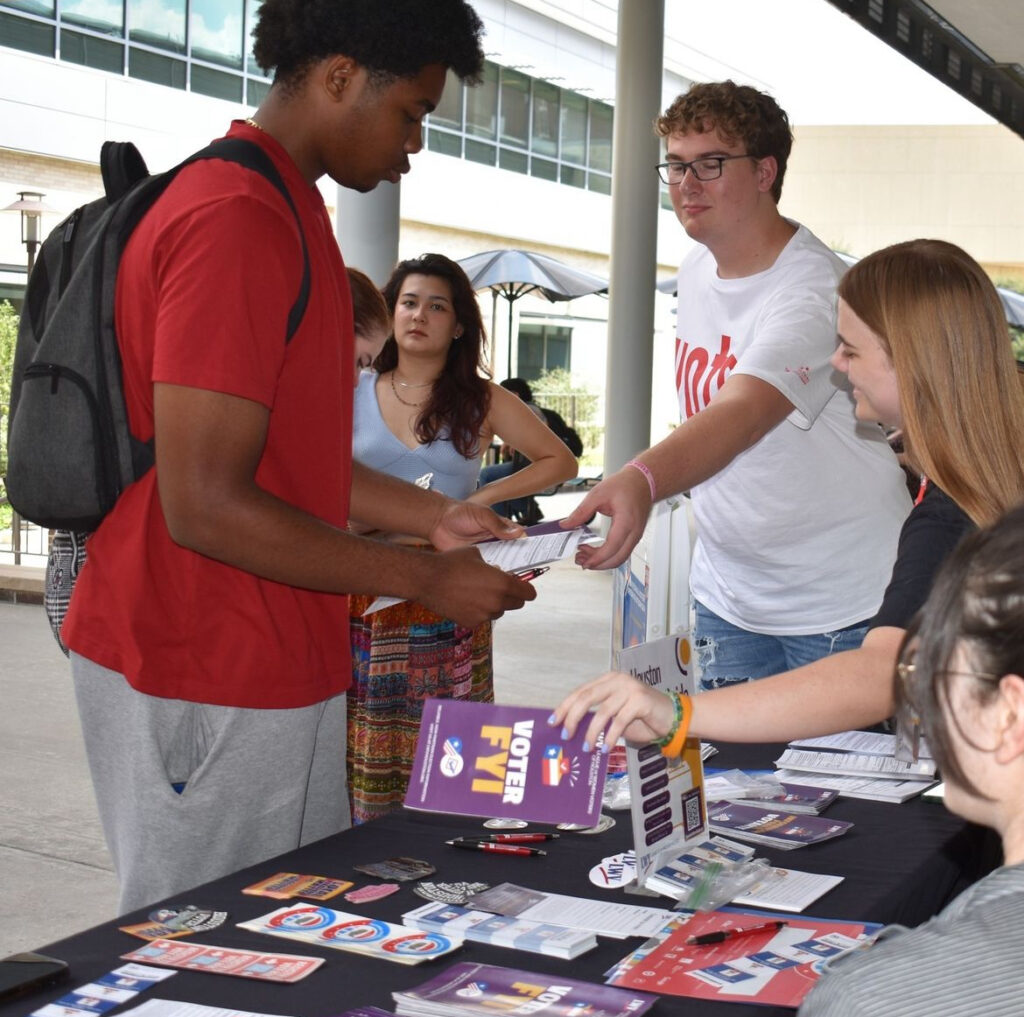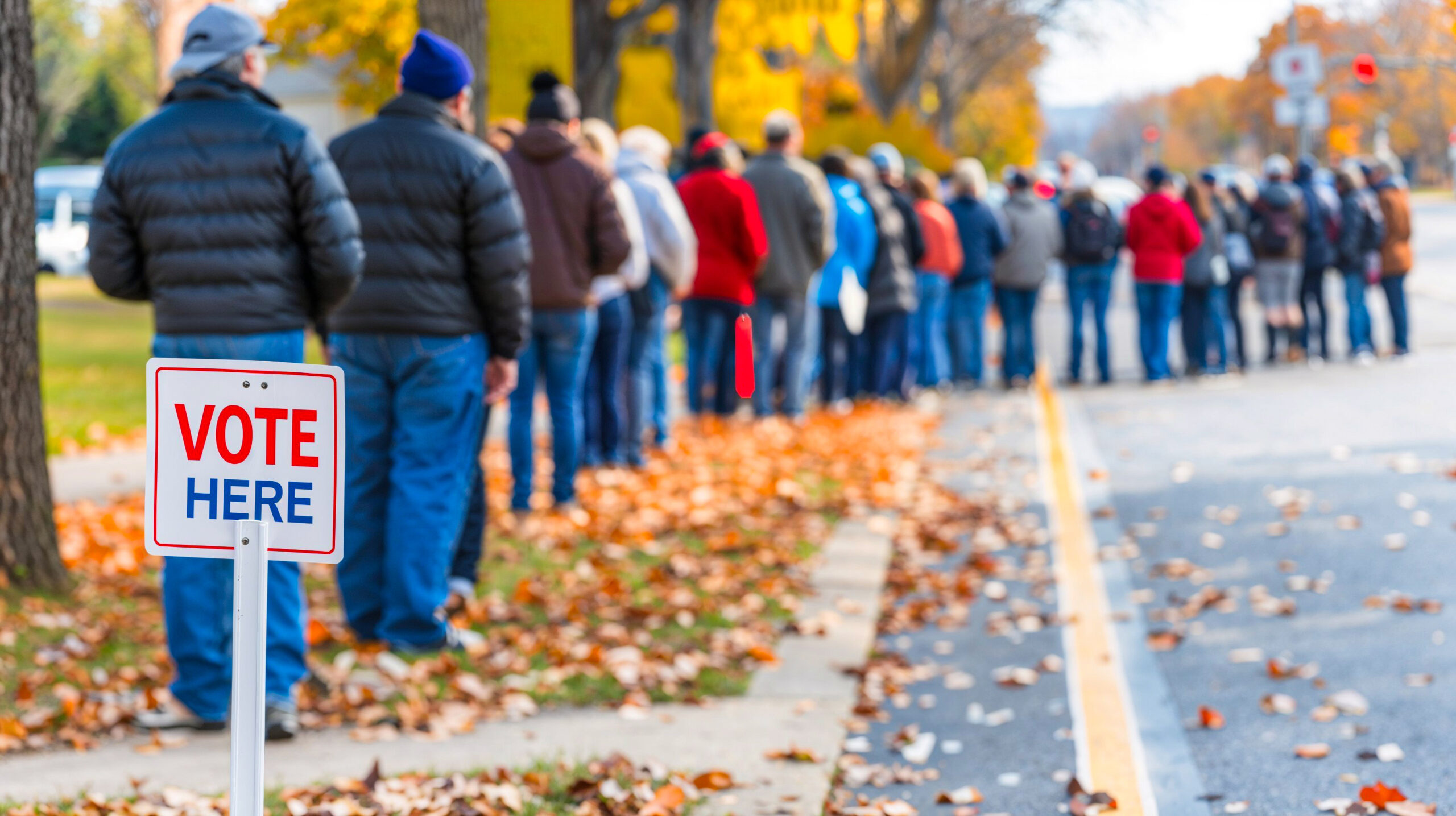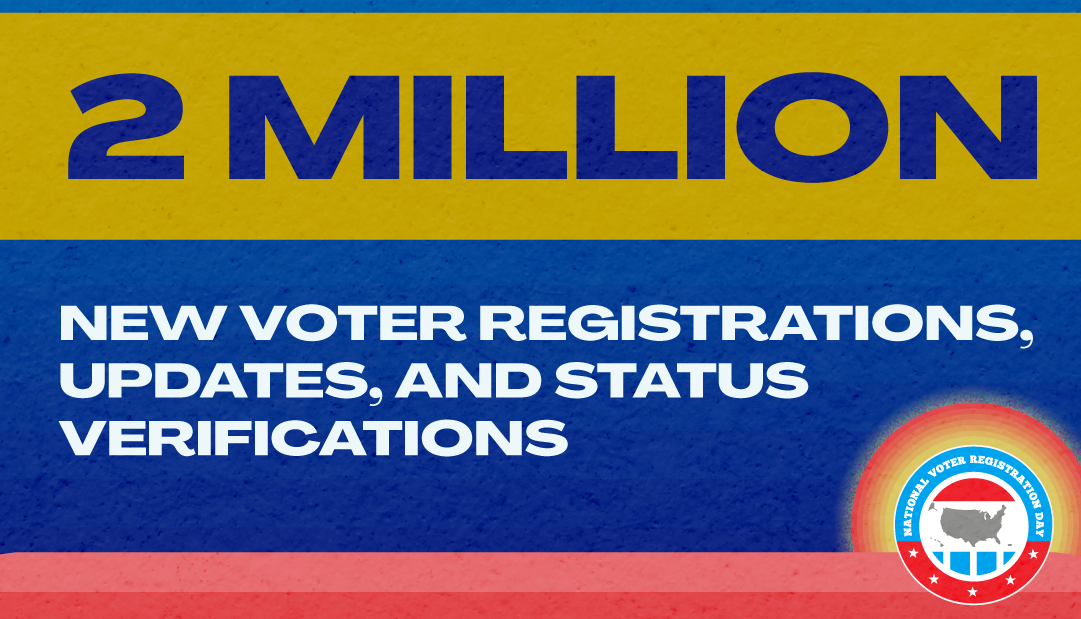When your nonprofit chooses to invest staff time and resources in nonpartisan get-out-the-vote (GOTV) efforts, collecting basic data can help demonstrate impact and ensure the time and energy was well spent. This can help ensure that the organization’s commitment is sustained year-over-year by demonstrating meaningful ROI, strengthening relations with the community you serve and building political power to influence positive change. So how do you measure the success of these efforts? Here are some easy and effective ways to assess your GOTV campaign and build on those results.
Know the Limits of What’s Measurable
Measuring increases in actual voter turnout is likely beyond the capacity of most community-based nonprofits. Doing so requires data collection, access to voter files, back-end analysis, and resources. In lieu of a full analysis, you can look at research that has already been conducted by others. Nonprofit VOTE’s Nonprofit Power report for example documents a 10 percentage point increase in voter turnout for those engaged by nonprofits relative to comparable voters in the same community. That analysis looks at voter engagement broadly though, including voter registration and pledge to vote activities.
GOTV and other voter education efforts have different turnout boosts depending on method (text, live phone calls, etc.), timing, and who delivers the message. While there is plenty of analysis documenting the positive impact of various types of GOTV work, attempting to measure actual turnout boosts from your specific GOTV actions is challenging.
What is easily measurable for a small or community-based nonprofit is the number of people reached through your GOTV efforts, how many potential voters accessed voting information, and so on. Here are a few tips to keep in mind as you document your impact.

1. Track Your Interactions
Track how many individuals you’ve engaged, how many voting reminders you’ve distributed, and how many rides to polling places you’ve arranged. You could track:
- Phone or text reminders sent and affirmative responses
- Flyers, posters, or social media posts related to GOTV
- Staff and volunteer time spent on GOTV efforts
You could also look at the broader journey of engagement. If you have the data on who your organization registered to vote, you can add in how many of those same people got information about early voting or reminders to vote. A robust GOTV program is comprehensive, taking individual voters from registration through Election Day.
The more detailed your tracking, the clearer your results will be.
2. Leverage Digital Tools to Track Reach
If your organization uses QR codes, is active on social media, or sends email or text reminders, use digital metrics to track engagement. This includes:
- Click-through rates or QR code scans on voting reminders or information
- The number of people who respond to online calls to action
- How often your posts are shared or liked
These online interactions provide insight into how your digital efforts are resonating and expanding your reach.
3. Gather Feedback from Your Community
Talk to the people you’ve reached through your GOTV efforts. Did they feel your organization helped them get to the polls? Were they more informed about their voting options? Simple surveys, whether in person or online, can provide qualitative feedback that helps you understand your campaign’s strengths and weaknesses, including things you may want to do differently next time.
Questions you might ask include:
- Did our organization’s reminder help you vote?
- Did you feel more confident about voting after receiving information from us?
- If you didn’t vote or had issues voting, what would have helped?
This feedback helps improve your strategy and creates a connection between your nonprofit’s services and the community’s engagement in elections.
4. Evaluate the Effectiveness of Personal Contact
Research shows that personal contact and relational strategies are some of the most effective GOTV tactics. Whether through door-knocking, phone calls, or texts, personal interaction increases the likelihood of someone voting. If your campaign involved these activities, track how many voters were reached and follow up after Election Day to ask if they voted.
Small-scale GOTV efforts, such as asking clients or community members directly whether they need assistance voting or providing them with a voting plan, can have a large impact. Asking someone to commit to voting by talking through their plan—when, where, and how—has been shown to boost turnout significantly.

5. Measure Volunteer and Staff Engagement
Your staff and volunteers are often the heart of a GOTV campaign. Keep track of how many staff and volunteers were involved, how many conversations they had with voters, and additional feedback your staff can provide. Did they feel the campaign was effective? Were they able to integrate it into the organization’s mission? Could more volunteers have expanded your reach? Assessing their experience will help you improve your coordination for future elections.
6. Celebrate and Share Your Success
Once the election is over, don’t forget to celebrate! Share your success with staff, volunteers, funders, and your wider network. Reporting on the number of voters you helped and the stories from the voters you engaged can help motivate your team, attract future funding, and inspire others to get involved.
GOTV campaigns don’t just end on Election Day; their success is felt in the long-term engagement and empowerment of your community. By measuring the impact of your efforts, even nonprofits with little experience in voter engagement can become powerful forces for civic participation, ensuring that the voices of the people they serve are heard at the polls.
Additional resources:




